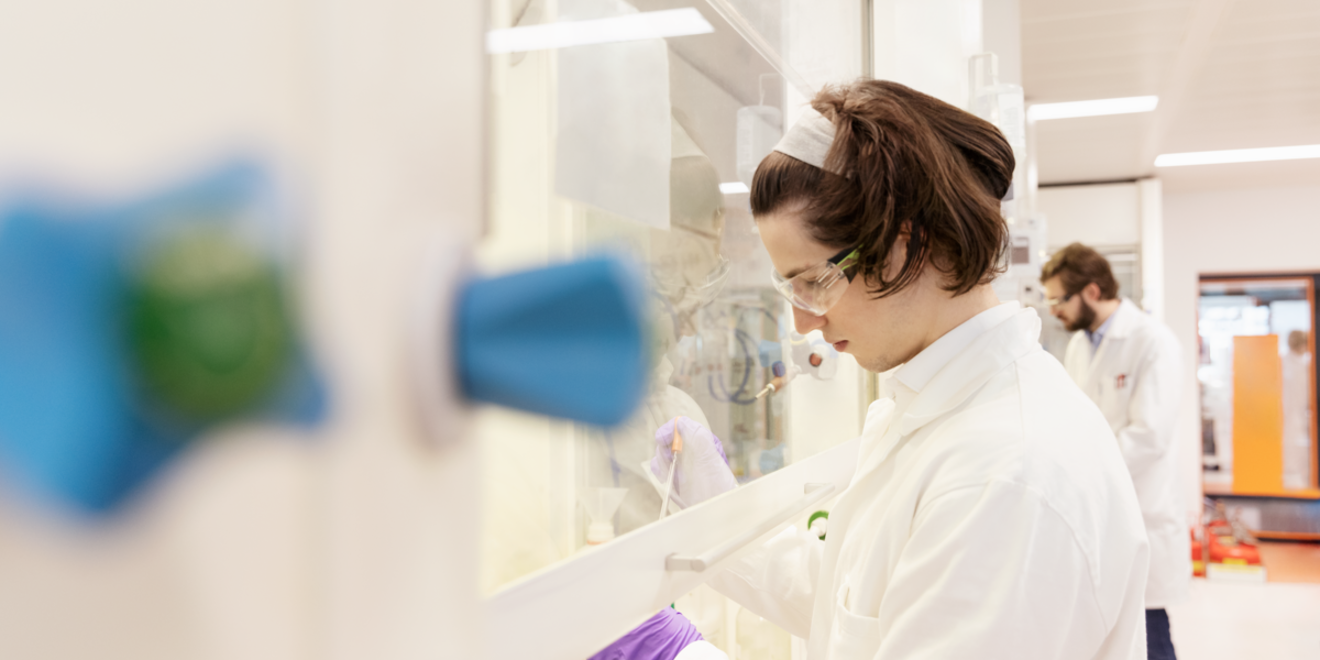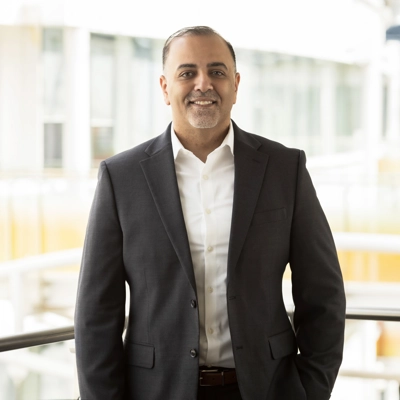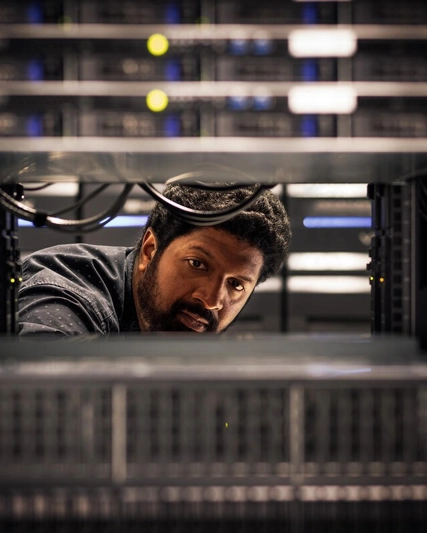Advances in technology and clinical sciences have transformed cancer treatments – and the lives of patients with cancer. Here, Hesham Abdullah, SVP and GSK’s Global Head of Oncology R&D, discusses the leaps forward his team has made and their ambitions for the future.
Like so many people, cancer has had a profound effect on my life. I watched my father die of colorectal cancer after a three-and-a-half-year battle. Just two months after he passed away, another close family member was diagnosed with advanced ovarian cancer.
Sadly, my family are far from the only ones impacted by this disease. Approximately 41% of men and women will be diagnosed with cancer at some point during their lifetimes, and it remains one of the leading causes of death worldwide. By 2040, the number of new cancer cases per year is expected to rise to 29.9 million.
But it doesn’t have to be this way.
Thanks to innovations in screening, earlier detection, increased disease awareness and significant advances in the treatments available, cancer no longer needs to be a death sentence. Rather, by focusing on therapies that can improve long-term outcomes and quality of life for patients, it’s our goal to make cancer a curable disease.
This clear ambition – to see patients thrive long after cancer – is what drives our work at GSK.
There are three core areas we are focusing on to achieve this: developing precision medicines that target the destruction of cancerous cells while sparing healthy ones; using advanced technologies like AI and machine learning to help us detect complex patterns from vast amounts of data; and exploring various therapeutic methods to deliver the most effective treatments to the patients that need them.
Targeted medicines
Not all cancers are the same – and not all patients respond to treatments in the same way.
Some tumours have characteristics, called biomarkers, that make them more likely to respond to certain treatments. Biomarkers are characteristics of the body or disease that can be measured to provide information about a patient’s biological condition or specific disease.
Identifying these biomarkers sheds light on the characteristics of the tumour and can indicate which treatments are likely to be most effective for patients.
To do this, we combine our knowledge of biomarkers with research into understanding the role of the immune system, genomics – the study of a person’s genes (the genome) – and proteomics – the study of the proteins expressed by cells.
By understanding the underlying biological mechanisms of tumour cells, we’re able to develop targeted medicines that leverage this knowledge for better patient outcomes.

Advanced tech and AI
We know that combining our expert understanding of the science of the immune system and human genetics with advanced technologies – like AI and machine learning – means we’re able to find the right medicines for the right patients faster and more effectively than ever before.
One of the many ways my teams are using AI to get ahead of cancer is by creating biological models of tumours called organoids to predict how different patients will respond to treatments.
Organoids work by taking tissue from a patient’s cancer and growing it in a lab as a living entity. Using a 3D visualisation of the tumour, we can replicate in the lab what happens to a tumour in a patient’s body. Doing so allows us to validate whether a potential treatment or combination of treatments may work on a patient sample before going to clinical trial.
All of this results in vast amounts of useful data, which includes genetic data, tumour cell images, and diagnostic images from CT and MRI scans. Our researchers are using AI and machine learning to sift through this information at speed and quickly identify patterns. These patterns indicate whether there are certain groups of patients that could derive more benefit from certain treatments, why some patients may be experiencing certain side effects, what dosages are optimal and whether there are other markers that could indicate which patients are likely to respond to – or develop resistance to – which treatments.

Varied therapeutic approaches
It’s also encouraging that we have various therapeutic modalities we can study while applying our knowledge about the biological underpinnings of disease with the aim of improving outcomes for patients. At GSK we are focused on immune-oncology treatments that harness the body’s immune system to destroy cancer cells, antibody-drug conjugates (ADCs) that combine an antibody with a payload that delivers chemotherapy directly into the tumour, and targeted small molecules that inhibit cancer growth.
Equipped with these diverse drug candidates in our portfolio, and focusing our R&D efforts on understanding disease biology and what happens when a patient progresses on treatments, we are able to tailor better treatment approaches to individual patients and track the evolution of their disease.
Our mission is to help increase overall quality of life, change the course of disease and maximise survival. To do this, we're expanding our current focus on blood and women’s cancers into lung and gastrointestinal cancers, as well as other solid tumours, like prostate cancer.
I’m incredibly proud of the role our GSK oncology teams are playing in driving novel cancer treatments forward – and we’re hugely ambitious about just how far we can go.
Our patients – including families just like mine – are relying on us. We won't let them down.





